One color which everyone is quite familiar with is the color brown. Take a look around you and appreciate the beauty associated with this color. Nature itself is an embodiment of brown; the earth and vast trees. Do not forget the beautiful brown skin rich with melanin and captivating brown eyes.
This color is essential to artists who love to make naturalist paintings and soft outlines. Fashionistas are included in the vast application of this color. You can apply it to various fashion trends, plus it is a color you can style to suit one’s personality.
Understanding The Process
Making the color brown is quite complex because it combines some colors to achieve the final look, quality, and shade. You might be particular about several shades of brown: light brown, deep brown, caramel brown, chocolate brown, and others.
Mixing three primary colors is the standard way to create the color brown. These colors are blue, red, and yellow. The ratio at which these colors are combined determines the hue or saturation of the final result. It would be best if you kept in mind that colors, predominantly brown are highly subjective. This means that the way people interpret the color in terms of hue, intensity, and saturation, varies.
Almost everyone is used to mixing two primary colors to give new secondary colors. Making your color brown is much more complex than that. It involves mixing either three primary colors, a secondary color with a primary one, or two complementary colors in an equal ratio. If you are new to color creation, these terms would sound unfamiliar to you.
Below are simplified explanations of the terms you might find strange:
• Primary Colors

These colors are considered pure colors that cannot be created from any other color. However, they are the common foundation for making a variety of colors known as secondary colors. The traditional primary colors are red, yellow, and blue.
• Secondary Colors
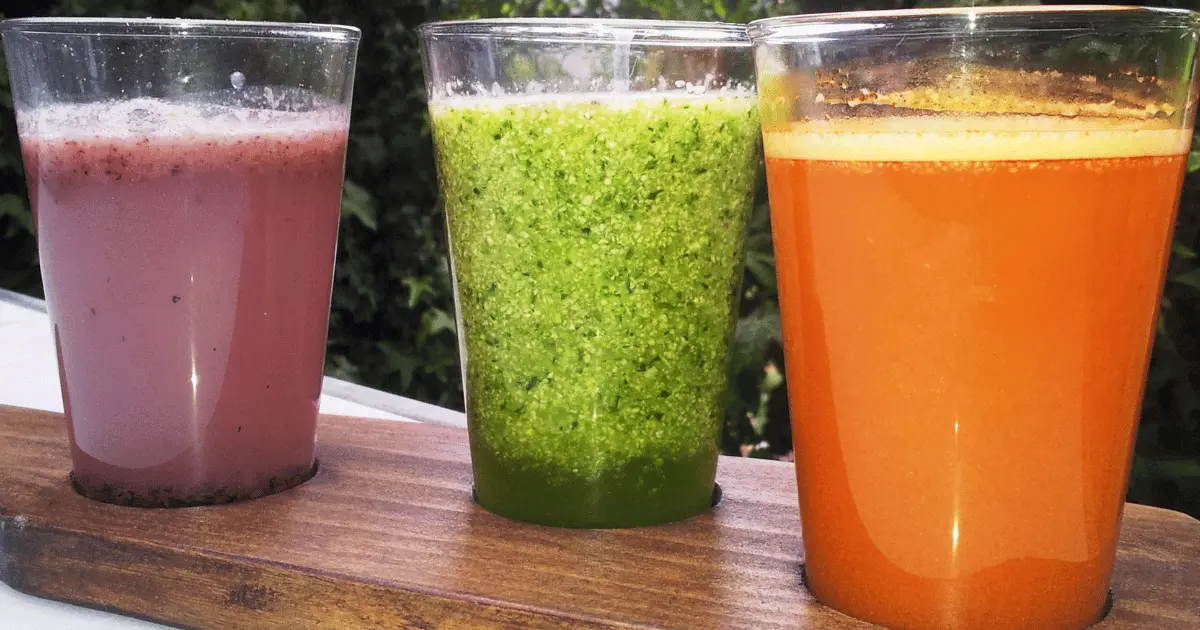
Secondary Colors are made by combining two primary colors in an equal ratio. The baseline secondary colors are orange, green, and purple. Yellow and blue make green, red and yellow create a beautiful orange color, while red and blue make purple.
• Tertiary Colors
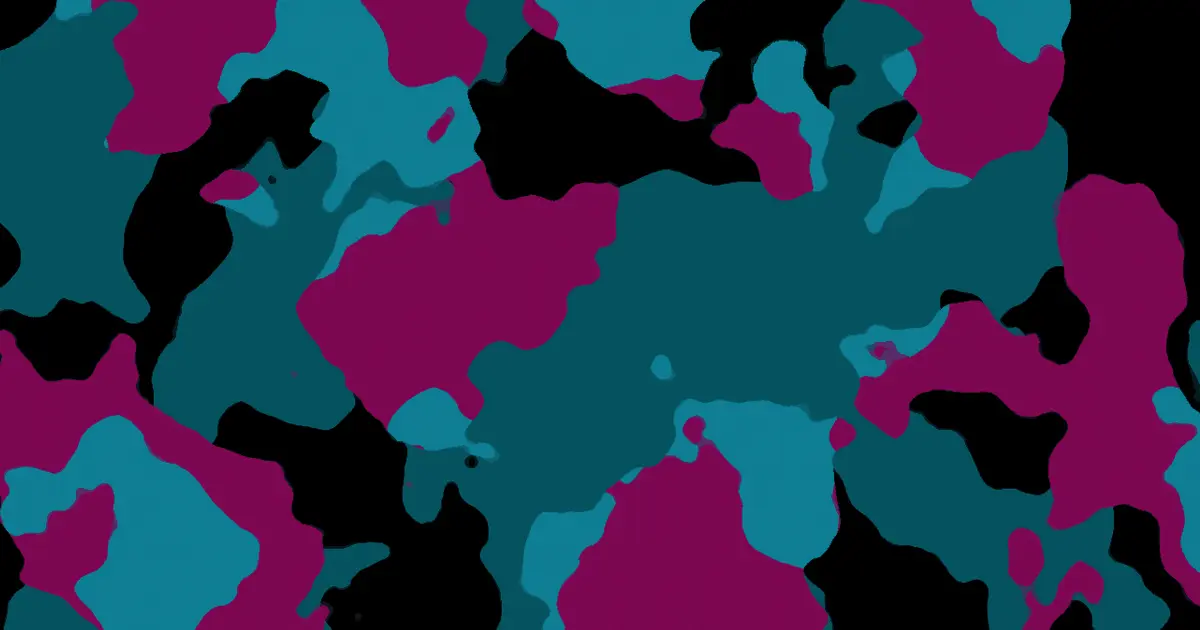
You can also call them intermediate colors. To get a tertiary color, you must combine both primary and secondary colors equally. About six tertiary colors are known either by their name or by the colors used to create them. These colors are; Violet (blue-purple), Vermilion (red-orange), Chartreuse (yellow-green), Magenta (purple-red), Teal (blue-green), and Amber (orange-yellow).
• Complementary Colors
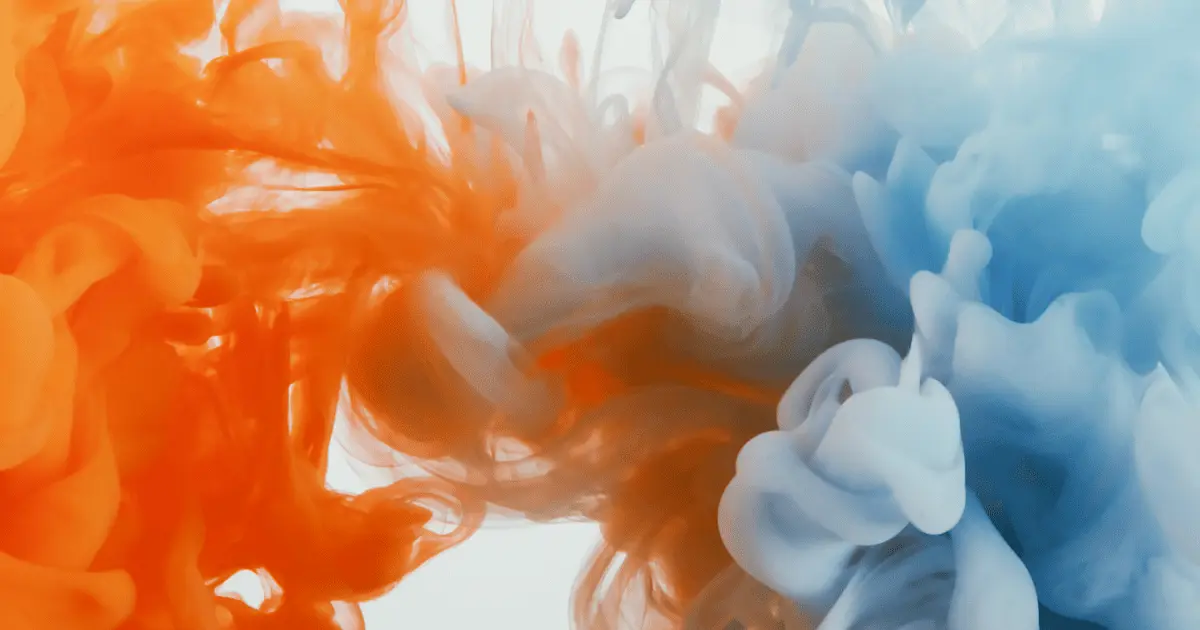
These colors are placed opposite one another on the color wheel, and the contrasting spectrums create a color scheme that accentuates each other’s hue and intensity. They are also known as opposite colors and are used to create realistic paintings with intense optical effects.
An example of complementary colors is white and black, which are directly opposite one another on the color wheel. Others are blue and orange, yellow and purple, and red and green. Complementary Colors can be combined to create a perfect shade of brown.
What Two Colors Make Brown

To make the color brown, you need a sound understanding of important terms like primary, secondary, and complementary colors. Since we have laid a good foundation on those terms, you can be confident in creating vast shades of brown to explore.
To make brown, you must incorporate a secondary color with its complement on the color wheel. The following colors can be combined to create your desired brown color:
• Purple and yellow
• Green and red
• Blue and orange
Another easy but tricky way to create the xor brown is by mixing orange with a careful amount of black. Note the word carefully because mixing both colors in equal amounts might not give you your desired result. Also, the ratio of black to orange would determine the hue of your new color.
What Three Colors Make Brown?

A combination of three primary colors will create brown. These colors are red, yellow, and blue, which, incorporating a specific ratio, hue, and saturation, would create your preferred shade of brown. Ensure you mix these colors in little quantities and build it up until it shit your preference.
How do You Make Dark Brown Color?
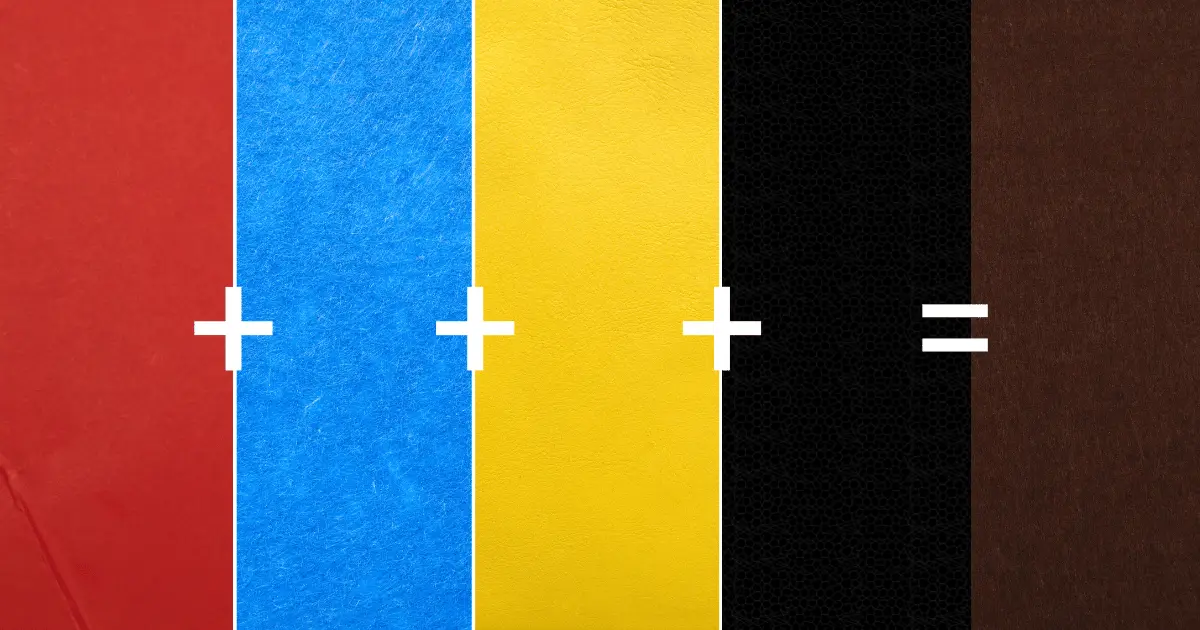
If you need a darker shade of brown after creating your color, one of the easiest ways is to add a small amount of the color black. Another way is to switch up the proportions by adding more red and blue than yellow. After mixing these three colors, you can go further by adding a little amount of black to create the perfect brown paint.
What Colors Make Chocolate Brown
This vibrant color draws attention, and web developers recognize it by the hex code 7B3F00. This color represents a delicious chocolate beverage’s inviting taste and warmth, the beauty of the body and skin, and the fascinating view of nature.
Chocolate brown has a lighter hue than the actual brown color. However, this color comes in shades; light/white chocolate, which has a pastel hue, and dark chocolate. Chocolate made from unprocessed cocoa has a reddish tint to it.
To create this charming color, you can easily combine blue, yellow, and red colors, then add a minute quantity of black paint to deepen the shade. Also, you could add a white color to lighten the shade to create a pastel color.
This color, when used intelligently, is perfect for making logos or flyers for a coffee shop. For your interiors, you can make your curtains a beautiful combination of chocolate goodness and gorgeous orange.
If you wish to make a remarkable fashion statement, you can rock a chocolate brown palazzo with a cream blouse and silver accessories. Men are not left out of the beauty of this color; you can wear chocolate combat joggers and a cream oversized tee shirt.
What Colors Make Light Brown
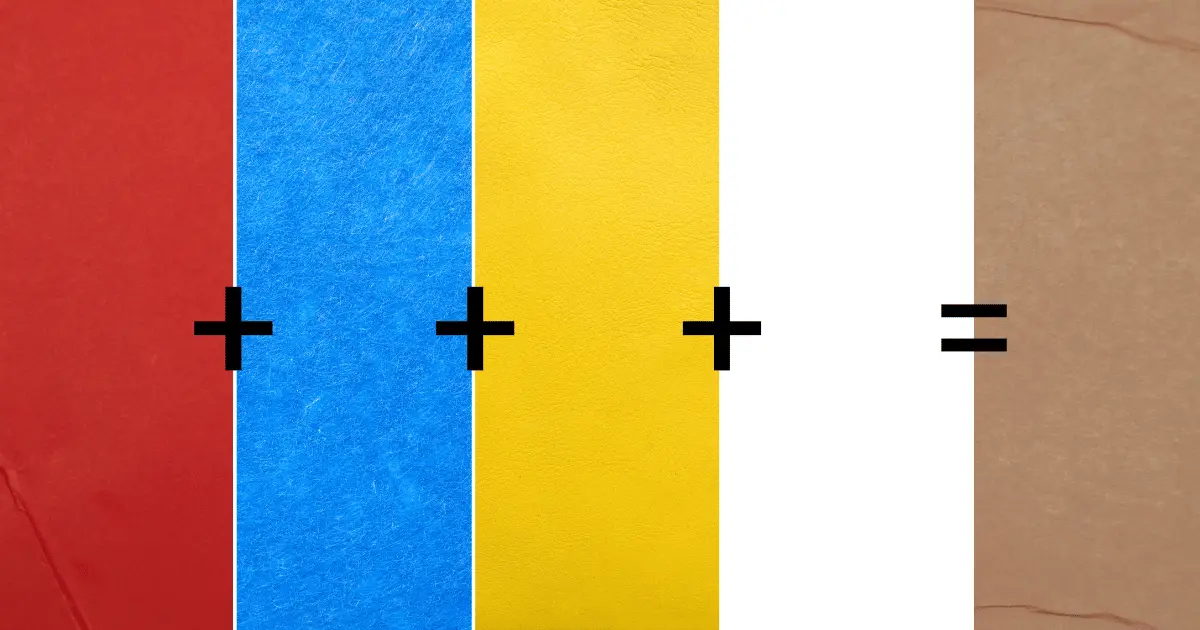
This beautiful shade of brown represents loyalty, friendship, and warmth. It is challenging to perfect this shade in creating it. Once you have decided on your preferred representation of the color brown, mix three primary colors; blue, red, and yellow. After properly incorporating them, add a little white paint until you achieve your desired hue or intensity.
This color is perfect for a nature-friendly interior. You could paint your walls a beautiful shade of light brown, along with lovely portraits of nature. To crown, it all, use cream-colored furniture and white or gold chandeliers.
What Colors Make Caramel Brown
Apart from its relation to delicious delicacies or desserts made with caramel, it is famous for enhancing hair color. This trendy caramel-brown hair is suitable for all skin colors.
Caramel brown lies between caramel and brown colors; however, it is recognized as a family of brown with a gold and red undertone. For chefs, the process of making caramel brown would mean boiling some sugar with lemon juice for a while.
Mix crimson red with sap green thoroughly to make caramel with paint or acrylics. After incorporating, add a little of the resulting dark brown color to a generous amount of yellow to reveal your preferred shade.
In fashion, this color has been adopted by leather Industries to give outfits a sophisticated and warm look. If you wish to look elegant in winter, you can wear a caramel coat over a black gown with classy caramel boots to seal your prestigious look.
What do Black And Brown Make?
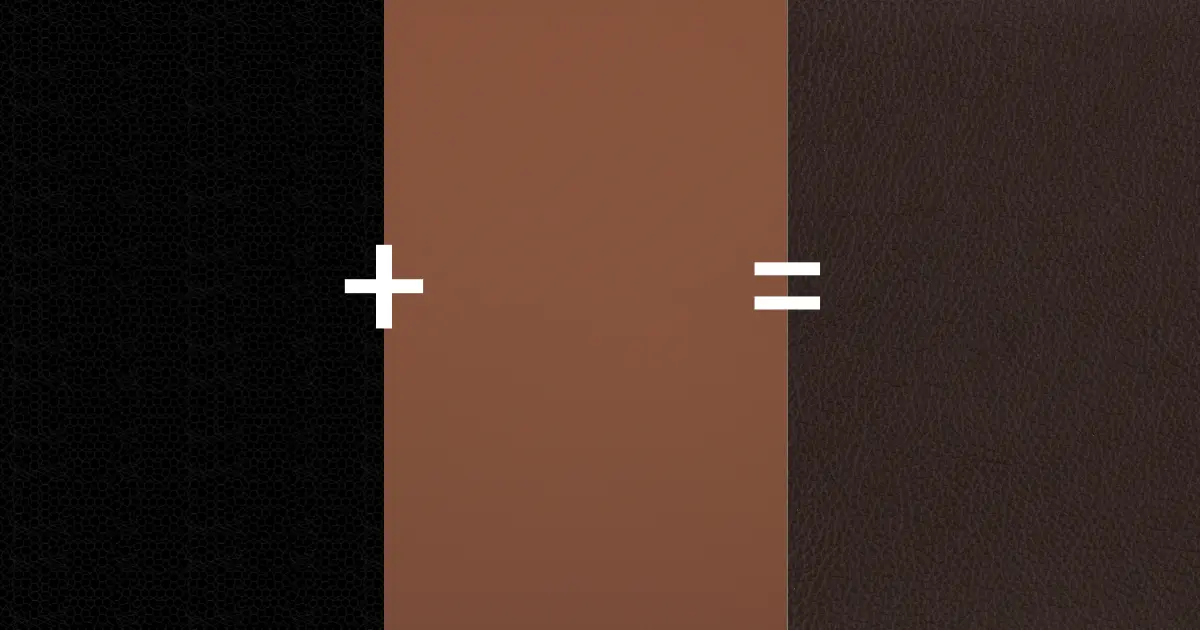
Mixing black and brown produces a very dark, murky brown color. You might wonder if combining these two colors in your dressing is possible. This is possible, especially if you wish to go bold or take a break from bright colors for a while.
For ladies, you can wear a black bodycon gown with a brown kimono jacket and brown heels. To spice up your look, you could add red or orange jewelry.
These color combinations would undoubtedly give off an aura of intriguing power and drama for your interiors. However, remember to throw in some neutral colors in the form of decorations and lightning. Add some life or pop to it by strategically placing bright colors like orange, gold, and white.
What Colors Are Close to Brown
The color brown is entirely subjective and influenced by individual perceptions of the color. Nature herself (sand, trees, and earth) is a contributing factor to how we see colors, mainly brown.
Colors close to brown are yellow, green, orange, and black.Some standard shades of brown, along with their hex codes, include almond brown (EDDCC8), bronze (A87900), brown beige (CC8833), chocolate brown (7B3F00), deep brown (410200), and many more.
As a graphic or web designer, a good grasp of all these shades will help you create unique illustrations.
Is Burnt Orange a Brown
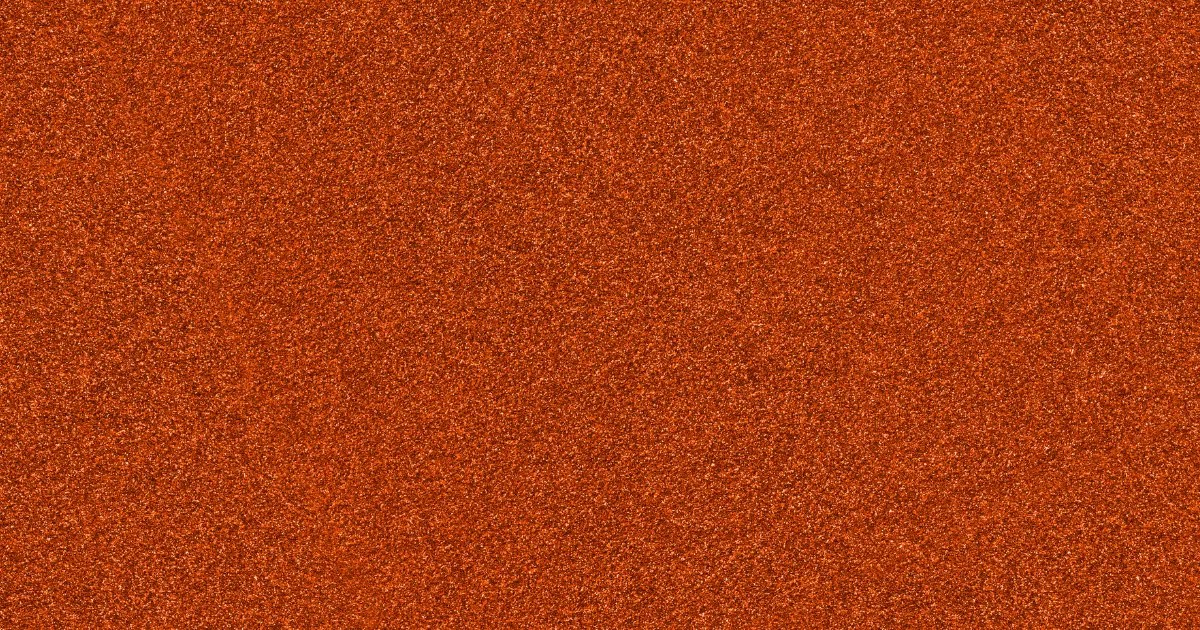
When you think of burnt orange, you might imagine a deep orange shade that must have gone through flames to attain its hue. This color with a hex code of CC5500 got its name in 1915.
Based on its color psychology, it has both good and negative meanings attached to it. On the positive side, burnt orange is related to warmth, romance, youth, and peace. On the flip side, it is associated with arrogance, immaturity, and stubbornness.
A good study of this color will reveal that it sits between orange and brown on the color wheel. This concept has made many people believe that orange-brown had to be a shade of brown. Burnt orange has a blue hue, which gives it a characteristic warmth, so it is made by mixing a generous amount of orange with a bit of blue to deepen its shade.
This color is ideal when combined with other colors like grey, blue, and peach. Burnt orange and brown dress pieces are trendy in the fashion industry.
Why is Mixing a Brown Color Palette Important?
Generally, mixing colors gives you a chance to explore and analyze colors more intensely than ever before. The benefits of mixing colors to produce your desired brown color are enormous. The first benefit is that it helps you save paint and make money, plus you can create a unique shade that looks spotless to you and fits into your artwork or design.
The ability to mix colors well, especially to create a brown color, helps you to play between light to deep shades and cool to warm shades of brown. You would have s wide range of options when painting or designing a web.

